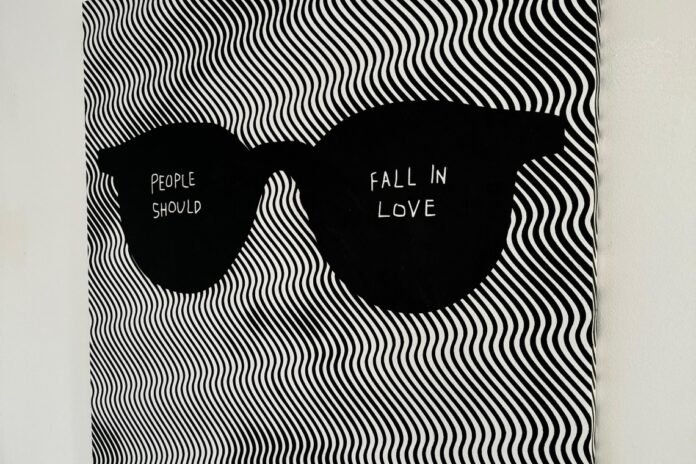On June 18, 2024, the new event Rebirth Rebuilt 1/100 will take place in Milan, presenting the new format that features the dialogue between art and the real estate market: among the artists, Andrea Crespi, famous in the NFT Art sector, will also be present.

Summary
The NFT artist Andrea Crespi at the premiere of Rebirth Rebuilt 1/100: art and the real estate market
On June 18, 2024, in Milan, there will be the new event Rebirth Rebuilt 1/100, curated by Jennifer Modigliani and Clelia Patella, which presents the new format featuring the dialogue between art and the real estate market.
Among the artists present at this first meeting (1/100), there will also be the famous Italian NFT Art artist: Andrea Crespi.
The Italian physical and digital artist Crespi is known for his work that develops in the continuous investigation of different media and themes, including optical illusion, social transformation, and digital revolution.
Besides Crespi, there will also be other well-known artists such as the French street artist, Priest (whose real name is Christian Guémy), known for his intense stencils that often depict faces and human figures in a realistic manner.
Or Waro, the contemporary Italian artist who finds his own harmony in chaos through a bold and cartoonish style.
The event and its participating artists aim to reintroduce the concept of artful living in the city, through a collective art exhibition where artists selected for the occasion display their works, creating dialogues between different visual languages within a construction site, an unconventional theater, to emphasize the importance of the construction phase as an active and dynamic moment.
The NFT artist Andrea Crespi and the artful living of the Rebirth Rebuilt 1/100 in Milan
The Rebirth Rebuilt 1/100 event, in which the NFT artist Andrea Crespi also participates, is inaugurated by DedoArt, together with Dedo Re, both agencies founded by Jennifer Modigliani. Here is how Modigliani commented on the new event:
“I am thrilled to be able to sign this project that opens my imagination and embraces the concept of transformation. Milan has been my muse: daily I can breathe art and design in this city where architectural lines intertwine creating designs tracing a metamorphosis still in progress where the search for new types of spaces becomes a necessity to live inspired beyond the functional aspect of things.
This exhibition is an invitation to reflect on the theme of living: being surrounded by beauty is not a luxury, but a lifestyle. The Certosa district, chosen as the stage, is synonymous with opportunity and sustainability; here lines are drawn that are in the making, ready to define the contours of a new urban detail in a scenario where innovation and tradition meet. Setting up the exhibition in a construction site is not just an aesthetic choice, but a metaphor, an affirmation of trust in this change that tells how ideas take shape and every element finds its place.
The concept of artful living means living surrounded by art: stimulating our creativity improves our well-being and connects us to culture in a profound way. Imagine coming home and finding inspiration in every corner, in every detail. This is the vision we want to share: to chart a new map of spaces and moments that resonate with our lives.”
Artful living is a well-established trend in the USA, where apartments and homes, both luxury and non-luxury, are sold with artworks integrated into the domestic environment.

The conquest of Asia by Crespi
Only a year has passed since Andrea Crespi was making headlines for having exhibited his works also in Asia, winning the hearts of Hong Kong and Beijing.
These goals were achieved after the success of his exhibitions in Europe and America, just like a true global conquest of the NFT artist and beyond.
On that occasion, Crespi exhibited at Art Basel Hong Kong, presenting an unpublished, engaging, and reflective work on themes of freedom.
Specifically, in this work, Crespi decides for the first time to exhibit a piece that combines visual art and music, matter and algorithm. And so, the sound element, created with Artificial Intelligence, encapsulates the concept of the work exhibited in Asia.
On the contrary, at the CAFAM in Beijing, Crespi presented an exhibition related to the crypto art movement, showcasing the most progressive and innovative developments in contemporary art and culture.
